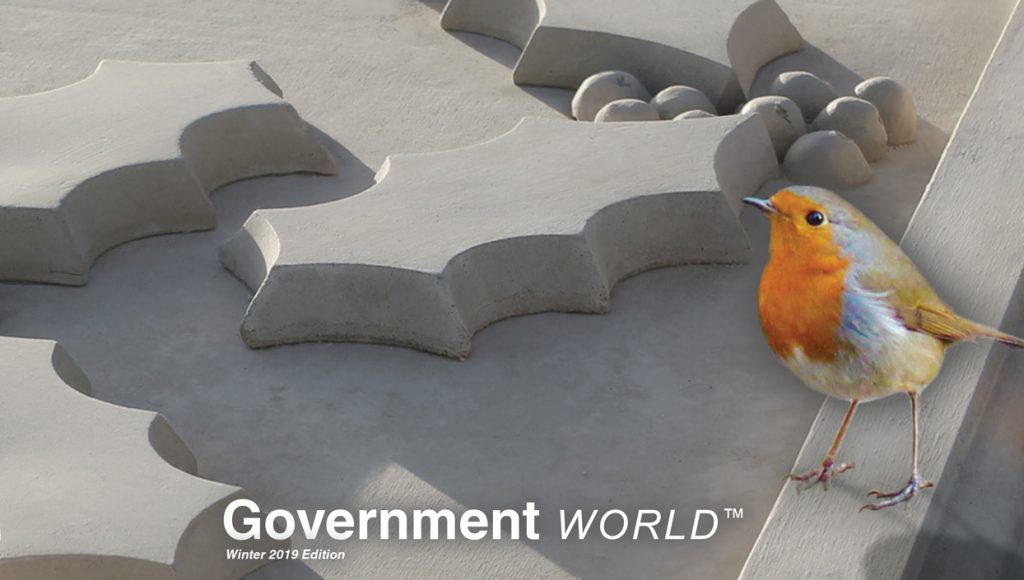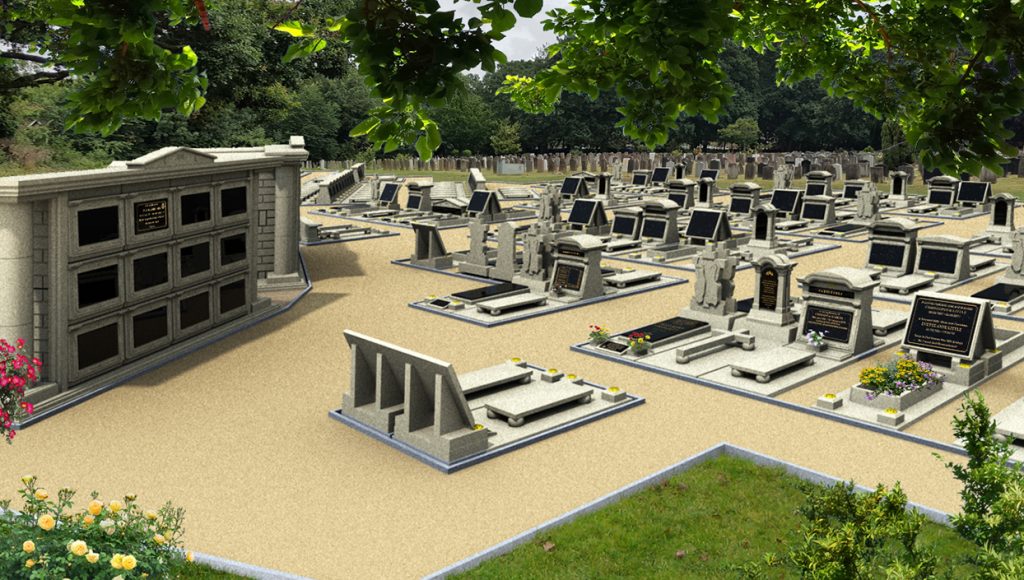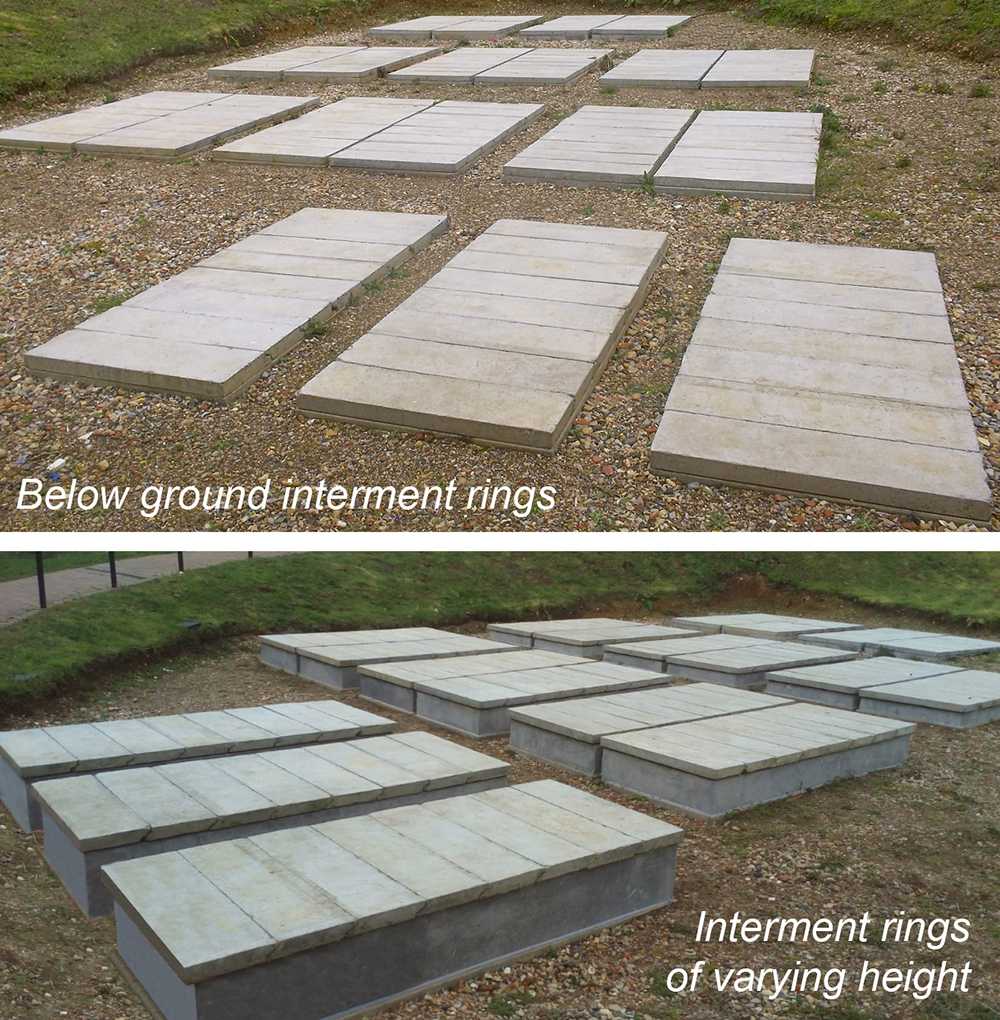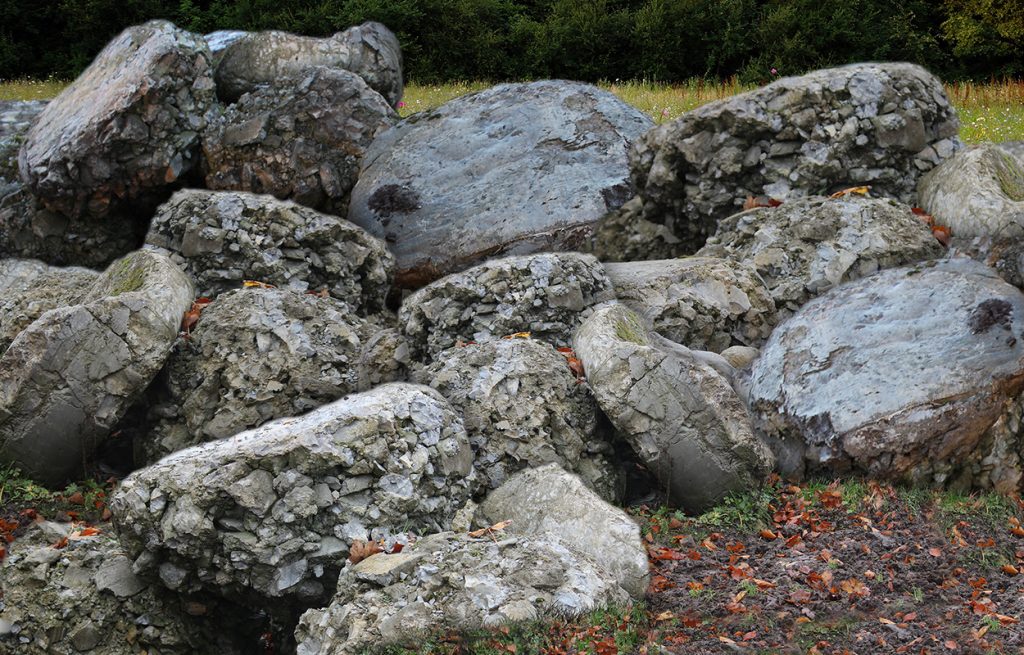Government World Winter 2019 cover art
Artistic development for forthcoming Winter edition
of Government World shows a robin which frequently attends our personnel while
staying in London.

The post Government World Winter 2019 cover art appeared first on Latest News.



